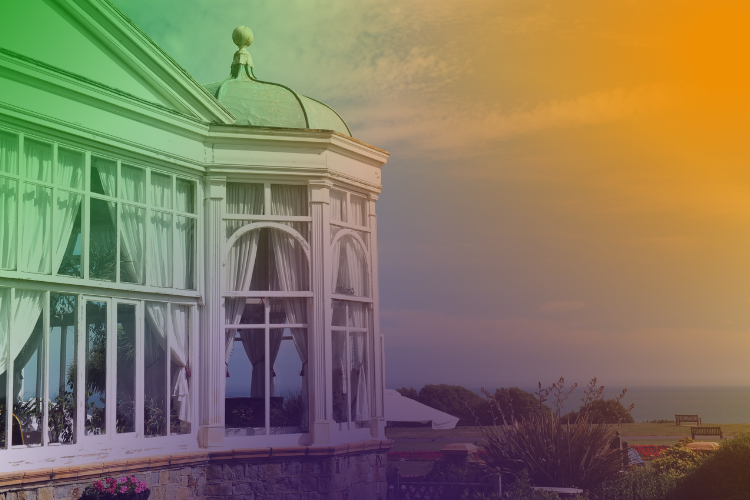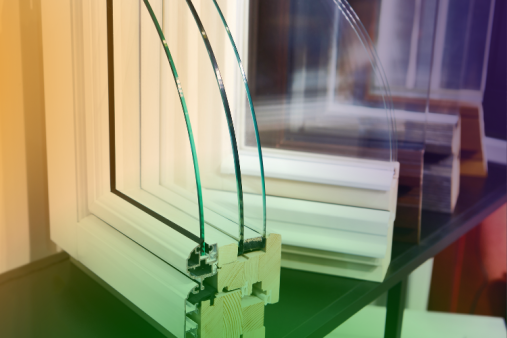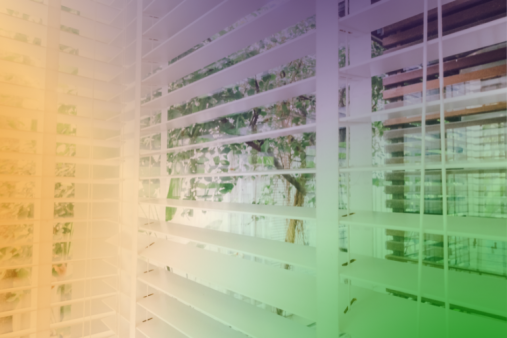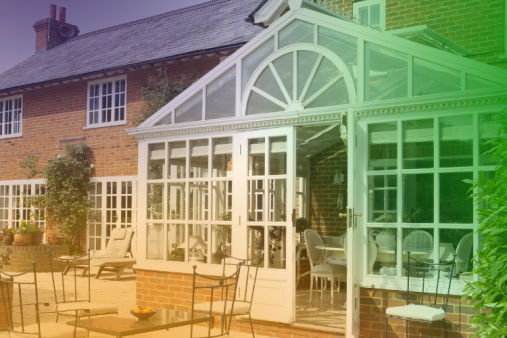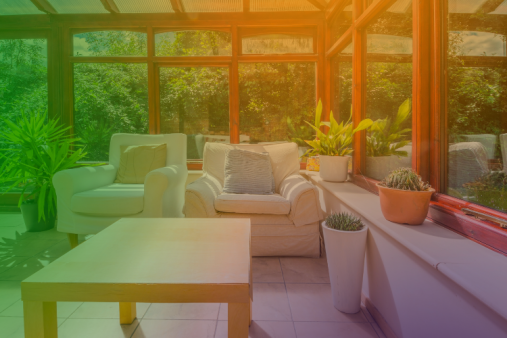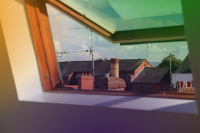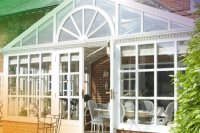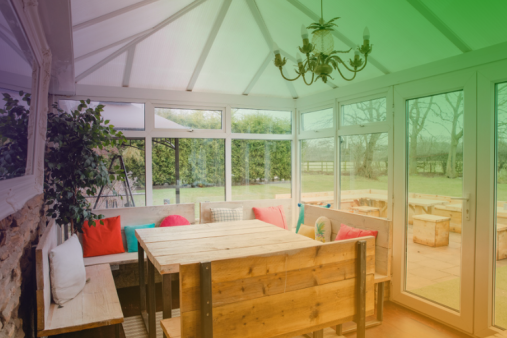The main difference between a Victorian and an Edwardian conservatory lies in their architectural styles and design characteristics. Here are the key distinctions:
Victorian Conservatory:
- Style: Victorian conservatories are inspired by the architectural elements of the Victorian era, which spanned from the mid-19th century to the early 20th century. They feature ornate and elaborate designs influenced by the Gothic and classical styles of the time.
- Shape: Victorian conservatories typically have a bay-fronted shape with a multi-faceted front consisting of three, five, or seven facets. The facets are usually curved or angled, creating a rounded or octagonal shape.
- Roof: The roof of a Victorian conservatory is steeply pitched and often incorporates ornate finials and cresting. It has a curved or rounded appearance, adding to the aesthetic appeal of the structure.
- Materials: Traditionally, Victorian conservatories were constructed using timber frames, although modern versions may use uPVC (unplasticized polyvinyl chloride) or aluminum for improved durability and maintenance.
- Characteristic features: Victorian conservatories are known for their intricate detailing, decorative glasswork, and ornamental elements such as arches, moldings, and corbels. The design often includes large windows and a dwarf wall (a low wall that extends partway up the structure's height).
Edwardian Conservatory:
- Style: Edwardian conservatories draw inspiration from the architectural style of the Edwardian era, which occurred between 1901 and 1910. This period marked a transition from the ornate Victorian style to a more simplistic and elegant design.
- Shape: Edwardian conservatories typically have a square or rectangular shape, providing a more symmetrical and spacious interior. The floor plan is often more straightforward compared to the bay-fronted design of Victorian conservatories.
- Roof: The roof of an Edwardian conservatory is generally flat or slightly sloping, creating a clean and understated appearance. It allows for maximum ceiling height and ample natural light.
- Materials: Similar to Victorian conservatories, Edwardian versions can be constructed using timber, uPVC, or aluminum frames, depending on personal preference and desired maintenance requirements.
- Characteristic features: Edwardian conservatories emphasize simplicity and elegance. The design focuses on clean lines, large windows, and a sense of spaciousness. The use of glass panels and a minimalist aesthetic creates a bright and open atmosphere.
While both Victorian and Edwardian conservatories offer beautiful and functional spaces, the choice between them ultimately depends on personal preference, architectural compatibility with the existing property, and desired aesthetic style.
